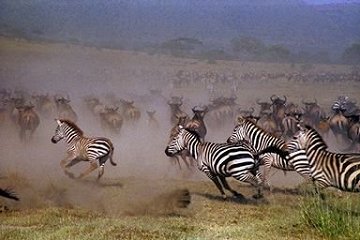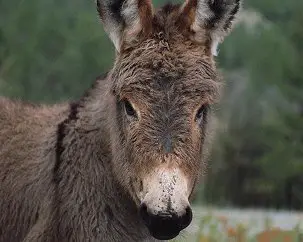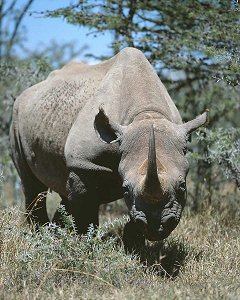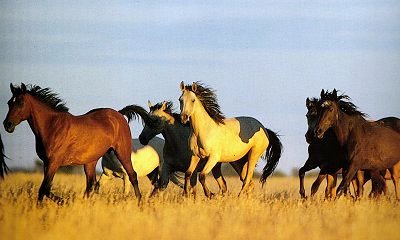THE ORDER PERISSODACTYLA
Perissodactyla – Odd Toed Mammals (18 species)
All the hoofed mammals, thought to be closely related, were once even placed together in one vast order labeled Ungulata (hoofed). Biologists now know that there are two quite distinct groups, taxonomically separated on the basis of their toes, though we still often speak of “ungulates” for the sake of convenience. The Perissodactyla, or odd-toed ungulates, are those that bear their weight by the longer middle (or third) digit on each foot.

Horses and their kin, tapirs, and the rhinoceros make up this order of some 16 living species. These are the only survivors of a once vast assemblage of mammals. Today they are distributed mainly in tropical America, eastern and southern Africa, and southern Asia to Borneo.
Members of the horse family (asses, donkeys, burros, zebra) and the rhinos live in open scrub or savanna, whereas tapirs are usually found in tropical forests. All Perissodactyls are large animals and herbivorous (plant-eating) in the diet. Their cheek teeth are massive, strong, and modified for grinding.

These animals do not have tusks or true horns like the Artiodactyls. The horns of the rhinoceros are cornified (hair) skin without a bony core. The hair is compacted into a very bony appearance and structure and can be used with the same consequences as the horns of a bull. Unfortunately, the horn is thought by many Asians to have great medicinal value, and often a rhinoceros is killed solely for its horn. Because of this, all three types of rhinoceros are in severe danger of extinction.
Tapirs are the most primitive of the order and in many ways probably resemble the earliest ancestors of the Perissodactyla back in Eocene times, 50,000,000 years ago. Tapirs live in the tropical forests of South America and are also in danger of extinction.

Of the entire order, it is the horse family, the equids, that are truly modified for fast running, and perhaps that is why they are the least endangered of the Perissodactyls. Their limbs are long and slender for striding and their toes have evolved into a single-digit hoof on each foot. Their musculature has developed to make the best use of these features, but they have also developed a strong kick. It is not unusual for a lioness to receive a broken jaw from the kick of a zebra, and a broken jaw for a lioness is certain death. The equids are thus able to avoid and defend against predators on the open grasslands, where shelter is scarce or nonexistent. And their stamina allows them to seek food and water over great distances.
We have a very complete fossil record of the horse’s evolution in North America, where this animal apparently originated, but which may have disappeared before the advent of man 12,000 years ago. Wild horses roamed Eurasia naturally within historic times, and now feral populations of the domesticated horses have re-established footholds in all six temperate continents.
Check out the following specific perissodactyls included:

Horse
Zebra
Onager
Malayan Tapir
Brazilian Tapir
Indian Rhinoceros
Black Rhinoceros
White Rhinoceros
